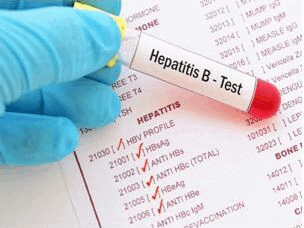IMMUNOLOGICAL STATUS OF HEPATITIS B VIRUS INFECTION AMONG FRESHMEN UNIVERSITY STUDENTS IN YEMEN
Keywords:
Antibodies, Hepatitis B virus, Immunization in Yemen, Low immunityAbstract
Background: Hepatitis B virus (HBV) is a most important health problem, it's a global pandemic. Previous surveys showed a high prevalence of hepatitis B infection in Yemen. Hepatitis B vaccination is the most efficient way to prevent hepatitis B virus infection and its outcomes (such as hepatocellular carcinoma, cirrhosis, and liver failure).
Aim: To measure the immune status of hepatitis B virus amongst first-year students at the faculties of Thamar University during the academic year 2021-2022.
Methods: A total 196 of first-year students participated in this cross-sectional study and tested for anti-HBsAg and the antibody to HBV core antigen (anti-HBc) and HBsAg by using ELISA during the period from January to May 2022 at Thamar University. An anti-HBs antibody titer ≥10 mIU/mL was regarded as being protective against HBV infection.
Results: In this study, 22.4% of the students had protective levels against hepatitis B, while 77.6% had a non-protective level. HBV markers showed that 19.90%, 2.55%, and 75.51% of the students had been vaccinated and immunized due to a previous infection and exposed to HBV infection respectively and only 2.04% of them were non-obvious cases. The prevalence of anti-HBc was 4.6%. Risk factors that showed statistical significance were found between positive anti-HBc and family history of HBV (p=0.01).
Conclusion: The low prevalence of hepatitis B protection levels in Thamar University medical students needs further research and necessitates implementation of a screening and vaccination program for all non-immunized healthcare students.

Peer Review History:
Received: 3 December 2022; Revised: 7 January; Accepted: 22 February 2023; Available online: 15 March 2023
Academic Editor: Dr. Iman Muhammad Higazy , National Research Center, Egypt, imane.higazy@hotmail.com
, National Research Center, Egypt, imane.higazy@hotmail.com
Reviewers:
 Rola Jadallah, Arab American University, Palestine, rola@aauj.edu
Rola Jadallah, Arab American University, Palestine, rola@aauj.edu
 Dr. Wadhah Hassan Ali Edrees, Hajja University, Yemen, edress2020@gmail.com
Dr. Wadhah Hassan Ali Edrees, Hajja University, Yemen, edress2020@gmail.com
Downloads

Published
How to Cite
Issue
Section

This work is licensed under a Creative Commons Attribution-NonCommercial 4.0 International License.









 .
.